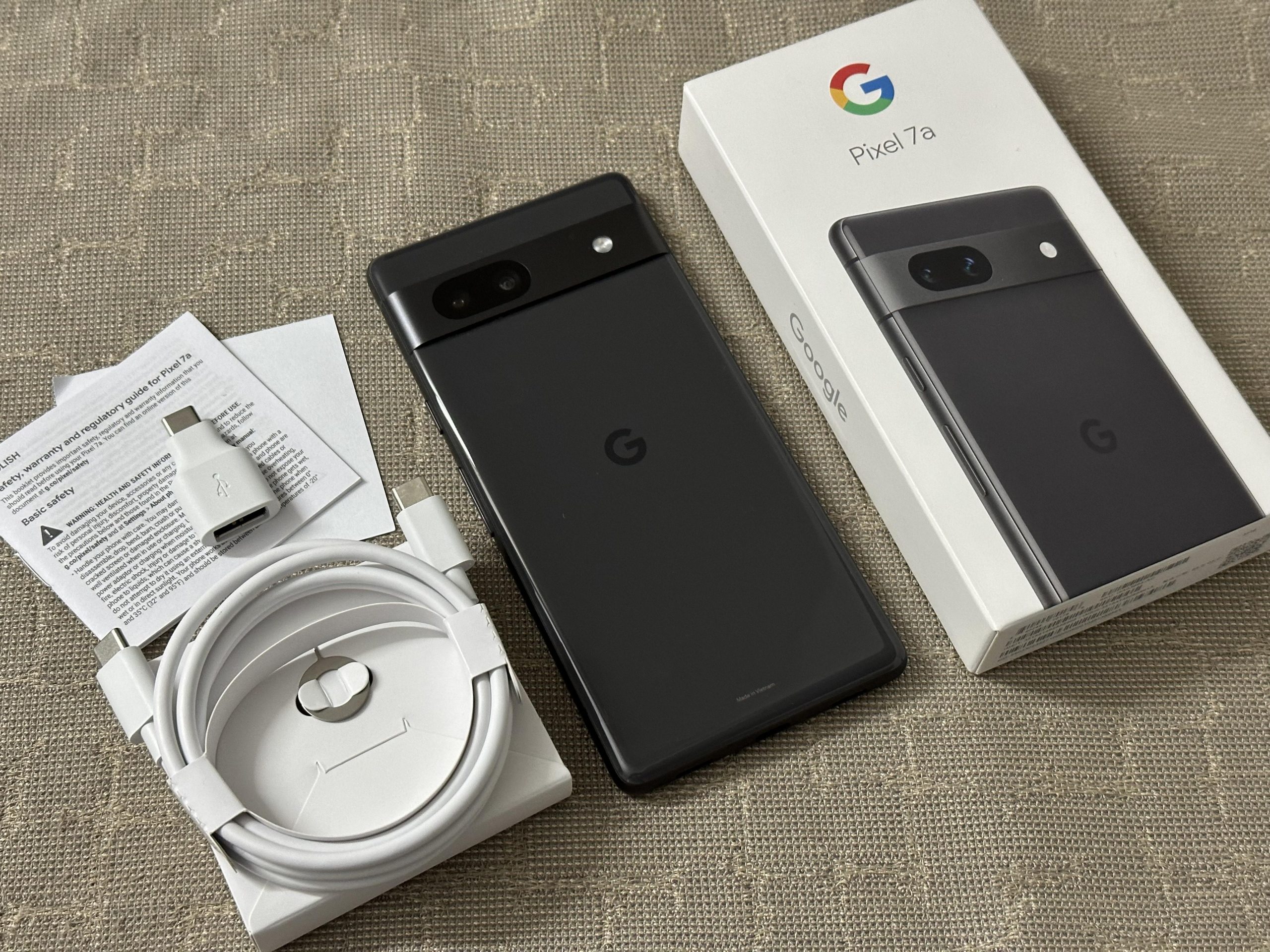Artificial intelligence can be used to turn a continuous glucose monitor (CGM) into a potent tool for diabetes monitoring and prevention, suggests researchers at Klick Applied Sciences.
In findings presented at the NeurIPS conference in New Orleans, Klick scientists revealed how they used machine learning and just 12 hours of data from CGMs to determine whether a patient was prediabetic or diabetic.
“We have demonstrated that 12 hours of monitoring can make a big difference in the lives of people at risk of developing diabetes while there’s still time to course correct,” said Jouhyun Jeon, lead scientist of the study and principal investigator at Klick Applied Sciences. “We think CGMs could be used to not just monitor diabetes but to prevent it altogether.”
For the study, about 600 patients who identified as healthy, prediabetic, or living with Type 2 diabetes wore a CGM device for an average of 12 days. The scientists looked at their glucose measurements over time and developed machine learning models to see if those values could be used to determine whether that person was healthy, prediabetic or diabetic.
Jeon said they discovered their 12-hour model showed similar high accuracy to results from the longer intervals, correctly identifying two-thirds of patients with prediabetes, while also showing high accuracy in identifying healthy patients and those with Type 2 diabetes. Jeon said the shorter time frame is a big step forward, adding most research draws from 10 to 14 days worth of readings, and often requires analysis from expert clinicians.
According to the CDC, prediabetes is a serious health condition where blood sugar levels are higher than normal, but not high enough yet to be diagnosed as Type 2 diabetes. Approximately 96 million American adults–more than one in three–have prediabetes. Of those with prediabetes, more than 80 per cent don’t know they have it.
“An overwhelming majority of people with early-onset diabetes are not aware of their condition and don’t consult a physician until their ability to control their blood sugar levels is irreparably damaged,” said Michael Lieberman, managing director of research and development at Klick Applied Sciences. “Our research has tremendous potential to help move blood glucose digital biomarkers into a position where they can be an invaluable tool for physicians for preventing diabetes before it starts.”
These findings are the latest in Klick’s ongoing work in the diabetes space. Their “Homeostasis as a proportional-integral control system” study, based on mathematical modelling to determine some of the underlying changes in how glucose is regulated that can cause diabetes, was published in Nature in 2020. They also presented earlier findings at the 2018 International Joint Conference on Artificial Intelligence (IJCAI) in Stockholm, Sweden.
Note:- (Not all news on the site expresses the point of view of the site, but we transmit this news automatically and translate it through programmatic technology on the site and not from a human editor. The content is auto-generated from a syndicated feed.))




Spot on with this write-up, I truly think this web site needs much more attention.
I’ll probably be back again to see more, thanks for
the advice!
I constantly spent my half an hour to read this blog’s
posts every day along with a cup of coffee.